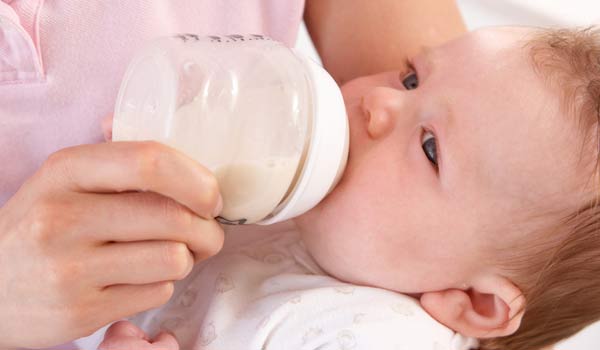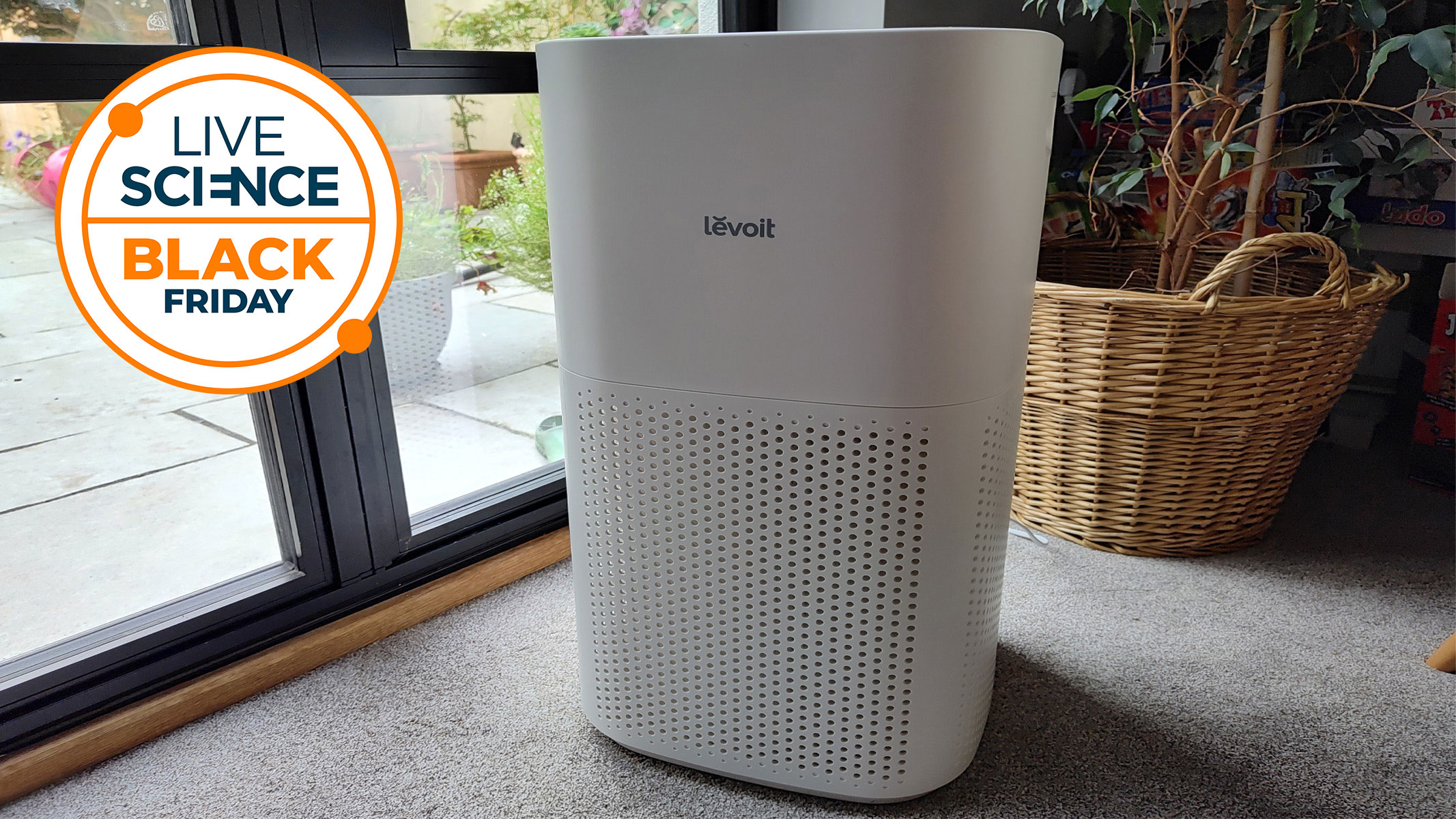Babies' First Foods May Impact Health Later

The food babies eat during their first days of life may have a long-term impact on their health, a new study suggests.
The results of the research show babies who are breast-fed have lower blood pressure when they are three years old compared with babies who are given formula with high amounts of protein. In addition, breast-fed babies also had slightly bigger heads than those who were fed a low-protein formula.
However, the blood pressure and head circumference of the children in the study were within normal range, regardless of the food they ate, said the researchers, from the Claude Bernard University in France.
The researchers don't know what the long-term consequences of these blood pressure and head-size differences will be, and whether they might disappear with time. Larger studies that follow children over longer periods of time are needed before such conclusions can be made.
The study was presented May 2 at the Pediatric Academic Societies in Denver.
Breast milk vs. formula
Breast milk is considered the best source of nutrition for babies, although it is low in vitamin D. Some women choose not to breast-feed, and some cannot, either because of biological problems, constraints imposed on them by their jobs, or other issues. In these cases, infants are given formula.
Get the world’s most fascinating discoveries delivered straight to your inbox.
The study involved 234 infants who were divided into three groups. One group was exclusively breast-fed for the first four months of life. Infants in the other two groups were randomly assigned to receive either a low-protein formula (which contained 1.8 grams of protein for every 100 calories), or a high-protein formula (with 2.7 grams of protein per 100 calories.) The protein content in both formulas is within the recommended levels for children this age, the researchers said.
All infants were enrolled in the study before they were a week old.
When the infants were 15 days old, those who were breast-fed had lower levels of the hormone insulin in their blood compared with babies who were given formula. However, this difference disappeared by the time the babies were 9 months old. (Insulin is needed to help get sugar, or glucose, inside cells. When the body does not respond properly to insulin, levels of insulin and glucose can build up in the blood.)
When the kids were 3 years old, there was no difference in their body length, weight or composition of fat. But those who were fed the low-protein formula had head circumferences that were, on average, 0.2 inches (0.5 centimeter) smaller than those who were breast-fed.
Breast-fed babies also had a lower average blood pressure reading compared to those who were fed the high-protein formula (69.72 mmHg vs. 74.05 mmHg.)
Protein difference
"It appears that formula feeding induces differences in some hormonal profiles as well as in patterns of growth compared with breastfeeding," study researcher Dr. Guy Putet said in a statement. "The long-term consequences of such changes are not well understood in humans and may play a role in later health."
The researchers think the amount of protein in the babies' diet may play a key role in prompting these differences.
If babies cannot be breast-fed, they should be given formulas that produce a growth and hormone pattern similar to that of breast-fed infants, Putet said.
Pass it on: Breast-fed babies have lower blood pressure and bigger heads than babies fed a specific type of formula when the children are 3 years old, but it's not clear whether these differences persist and whether they have a long-term impact on health.
Follow MyHealthNewsDaily staff writer Rachael Rettner on Twitter @RachaelRettner.
This story was provided by MyHealthNewsDaily, a sister site to LiveScience.

Rachael is a Live Science contributor, and was a former channel editor and senior writer for Live Science between 2010 and 2022. She has a master's degree in journalism from New York University's Science, Health and Environmental Reporting Program. She also holds a B.S. in molecular biology and an M.S. in biology from the University of California, San Diego. Her work has appeared in Scienceline, The Washington Post and Scientific American.
